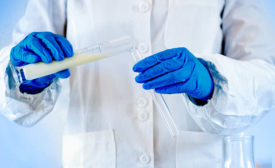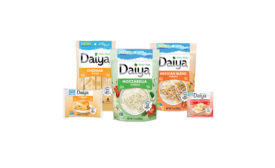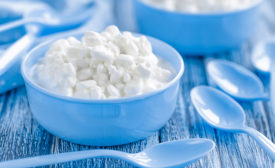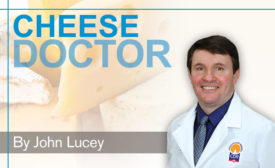Home » Keywords: » fermentation
Items Tagged with 'fermentation'
ARTICLES
Creating the perfect cultured dairy products
Dairy processors must meet the needs of an increasingly diverse consumer sector.
February 21, 2024
How to create dairy proteins
Using genetic engineering, companies have developed technologies to produce specific proteins that are identical to the proteins that cows produce.
January 8, 2024
Fermentation technology part of Daiya’s new Oat Cream blend
Dairy-free cheese varietals’ blend increases meltability and cheesy flavor.
December 7, 2023
FrieslandCampina joins forces with Triplebar Bio
Companies to develop and scale up the production of cell-based proteins using precision fermentation.
January 9, 2023
Episode 22 — Samuel Alcaine, Ph.D., Julia Somerdin and Jenn Smith join the “Let’s Talk Dairy” podcast
Sustainability, quality, and safety of dairy fermented products are among the topics discussed.
December 1, 2022
Cultures and enzymes are the secret ingredients in dairy product development
They work behind the scenes to aid in dairy product innovation and enhancement.
June 1, 2021
In the case of eyes in cheese, size matters
Cheesemakers need to understand fermentation and gas development to avoid defects in their cheese or when they want to create the right number and size of eyes in certain cheeses.
April 7, 2016
Stay ahead of the curve. Unlock a dose of cutting-edge insights.
Receive our premium content directly to your inbox.
SIGN-UP TODAYCopyright ©2025. All Rights Reserved BNP Media.
Design, CMS, Hosting & Web Development :: ePublishing












